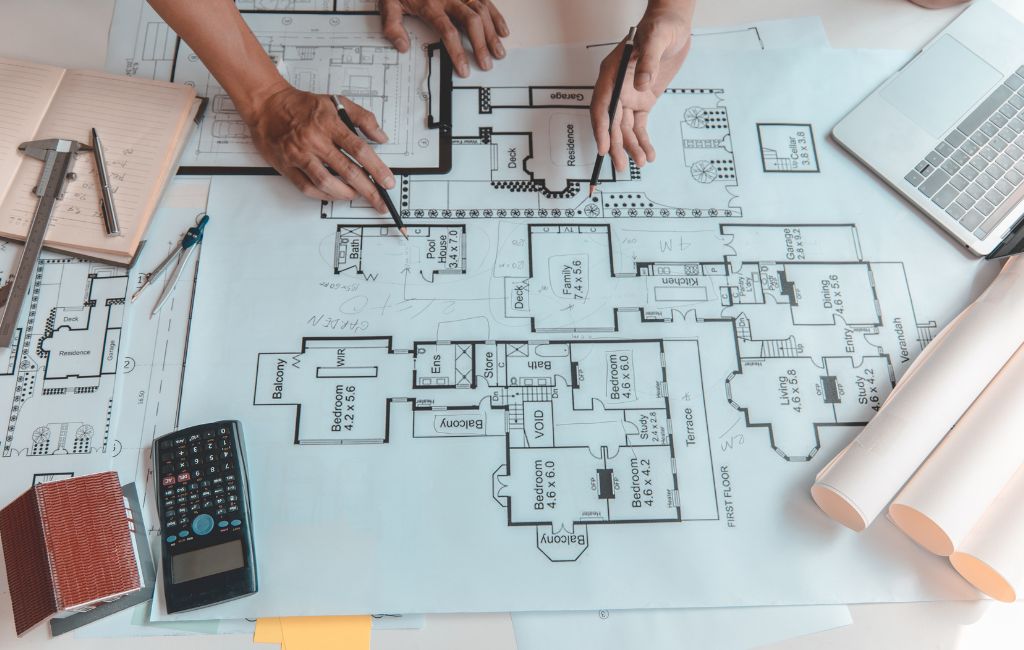Architect: Innovating Spaces for Modern Living
In the ever-evolving landscape of modern living, architects play a pivotal role in shaping the spaces we inhabit. Their innovative designs not only reflect contemporary aesthetics but also address the functional needs of today’s society. This article explores how architects are redefining living spaces, incorporating sustainable practices, and leveraging technology to create environments that enhance our quality of life.
The Role of Architects in Modern Living
Architects are more than just designers; they are visionaries who transform abstract ideas into tangible structures. Their work impacts various aspects of our daily lives, from the homes we live in to the public spaces we frequent. By understanding the needs and desires of the community, architects create spaces that are both functional and inspiring.
Understanding Community Needs
One of the primary responsibilities of an architect is to understand the needs of the community they are designing for. This involves extensive research and engagement with the community to gather insights and feedback. By doing so, architects can create spaces that are not only aesthetically pleasing but also cater to the specific requirements of the people who will use them.
Balancing Aesthetics and Functionality
While aesthetics are important, functionality is equally critical in architectural design. Architects must strike a balance between creating visually appealing structures and ensuring they serve their intended purpose. This involves careful planning and consideration of various factors such as space utilization, accessibility, and sustainability.
Sustainable Architecture: Building for the Future
Sustainability has become a key focus in modern architecture. With growing concerns about climate change and environmental degradation, architects are increasingly adopting sustainable practices to minimize the ecological footprint of their designs. This section delves into the principles of sustainable architecture and how they are being implemented in contemporary projects.
Principles of Sustainable Architecture
- Energy Efficiency: Designing buildings that consume less energy through the use of energy-efficient materials and technologies.
- Resource Conservation: Utilizing sustainable materials and construction methods to reduce waste and conserve natural resources.
- Water Management: Implementing systems for efficient water use and recycling to minimize water wastage.
- Indoor Environmental Quality: Ensuring good air quality, natural lighting, and thermal comfort within buildings.
Case Study: The Bullitt Center
The Bullitt Center in Seattle, Washington, is a prime example of sustainable architecture. Dubbed the “greenest commercial building in the world,” it incorporates various sustainable features such as solar panels, rainwater harvesting, and composting toilets. The building is designed to be energy-positive, generating more energy than it consumes, and serves as a model for future sustainable projects.
Technology in Architecture: Shaping the Future
Technology is revolutionizing the field of architecture, enabling architects to push the boundaries of design and construction. From advanced software tools to innovative construction techniques, technology is playing a crucial role in shaping the future of architecture.
Building Information Modeling (BIM)
Building Information Modeling (BIM) is a digital representation of the physical and functional characteristics of a building. It allows architects to create detailed 3D models that can be used for planning, design, construction, and management. BIM enhances collaboration among stakeholders and improves the accuracy and efficiency of the design process.
3D Printing in Construction
3D printing is another technological advancement that is transforming architecture. It allows for the creation of complex structures with precision and speed. 3D printing can be used to produce building components, prototypes, and even entire buildings. This technology has the potential to reduce construction time and costs significantly.
Smart Buildings
Smart buildings integrate advanced technologies to enhance the comfort, efficiency, and security of the occupants. These buildings use sensors, automation systems, and data analytics to optimize energy use, monitor environmental conditions, and provide personalized experiences. Smart buildings represent the future of architecture, where technology and design converge to create intelligent living spaces.
Innovative Residential Designs
Residential architecture has seen significant innovation in recent years, with architects exploring new concepts and materials to create unique living spaces. This section highlights some of the latest trends in residential design and how they are transforming the way we live.
Tiny Homes
Tiny homes have gained popularity as a sustainable and cost-effective housing solution. These compact living spaces are designed to maximize functionality while minimizing the environmental footprint. Tiny homes often incorporate innovative storage solutions and multi-purpose furniture to make the most of the limited space.
Modular Homes
Modular homes are prefabricated structures that are built off-site and then assembled on location. This method of construction offers several advantages, including reduced construction time, lower costs, and improved quality control. Modular homes can be customized to meet the specific needs and preferences of the homeowners.
Green Roofs and Living Walls
Green roofs and living walls are becoming increasingly popular in residential architecture. These features not only enhance the aesthetic appeal of a building but also provide environmental benefits such as improved air quality, reduced heat island effect, and increased biodiversity. Green roofs and living walls are a testament to the growing trend of integrating nature into urban living spaces.
Conclusion
Architects are at the forefront of innovating spaces for modern living. By understanding community needs, balancing aesthetics and functionality, adopting sustainable practices, and leveraging technology, they are creating environments that enhance our quality of life. As we look to the future, the role of architects will continue to evolve, driven by the need for sustainable and intelligent living spaces. The innovations in residential design, such as tiny homes, modular homes, and green roofs, reflect the ongoing efforts to create spaces that are not only beautiful but also sustainable and functional.
